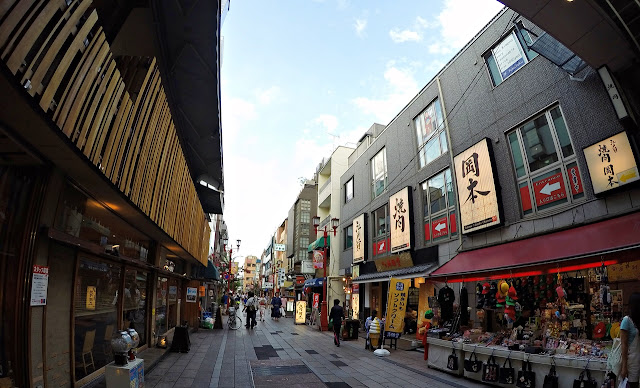Quick list of questions I asked before climbing the Majestic Mt. Fuji. Hope you find it useful.
 |
| Mid afternoon in Mt. Fuji |
Do I need to join a tour group?
No, I climbed Mt. Fuji alone and just made friends along the way.
Won't I get lost if I don't join a guided tour?
No, the Yoshida trail is well established and excellently marked. I took the Yoshida trail since this has the most people, which means lower chances of getting lost.
How many trails are there?
There are four, Yoshida, Subashiri, Gotemba, and Fujinomiya. Each once has different characteristics and jump-off points. If it's your first time I highly suggest you take the Yoshida trail, especially if alone. More info on each trails here.
 |
| Trail map on Yoshida jump-off |
Is there an entrance fee?
No, despite the beauty of Mt. Fuji they don't charge you for climbing it. You may opt to donate ¥1,000 for its preservation and you get a badge. Note however that you need to pay ¥200 when using restrooms along the trail. These are maintained independently by mountain hut owners.
Can I climb any time?
Unfortunately no, official climbing season is only July til September each year for safety purposes as snow builds up at the summit.
Yoshida Trail (Yamanashi pref side):July 1 - September 14
Subashiri Trail(Shizuoka pref side) :July 10 - September 10
Gotemba Trail (Shizuoka pref side) :July 10 - September 10
Fujinomiya Trail(Shizuoka pref side) :July 10 - September 10
If you decide to climb outside the official period, you'll be on your own without any first aid centers opened nor mountain huts to stay in.
Do I need to stay in a mountain hut?
No, but I highly recommend you do, or at least stay in one for a while to get a drink/eat noodles to warm the body. If you opt not to make sure you bring appropriate warm clothing for the extremely cold weather at the top.
I paid the price for being unprepared as my body was chilling like crazy. I ignorantly assumed that the cold will be tolerable since it was around 28C° to 31C° in Tokyo. When we got to the summit of Fuji it was around 4C° to 5C° with intense windchill that made the situation worse for me!
This is probably nothing for some people, but I live in a tropical country where everyday is 28C° to 31C° with 90+% humidity. I hate Manila weather but during those hours I wished to teleport back when I was almost dying from the wrath of Mt. Fuji's chilly winds.



























